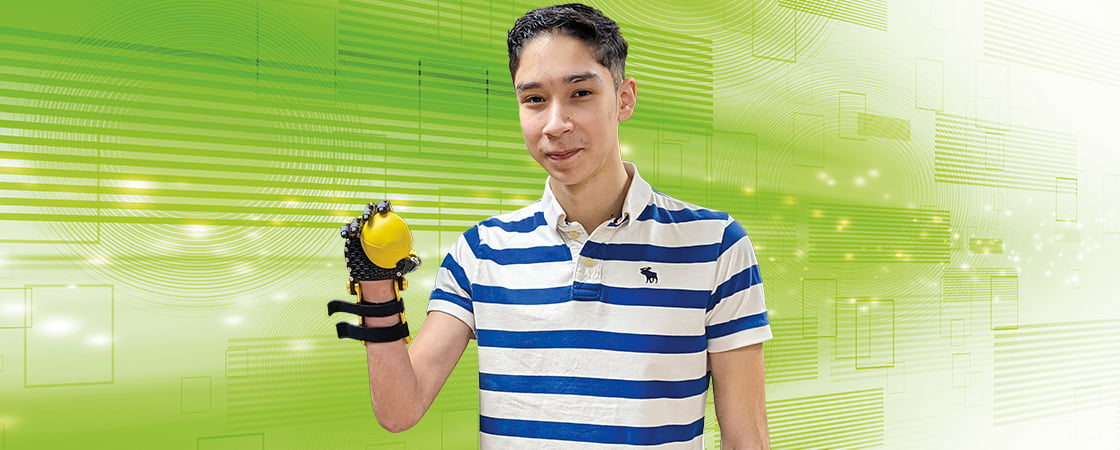Kelly Flood/Sumner County Schools, TN
Sergio Peralta wears a prosthetic hand that students at his school made for him with a 3-D printer.
Sergio Peralta did everything with one hand. Born with a right hand that wasn’t fully formed, Sergio got used to doing most things—eating, tying his shoes, holding a water bottle—with his left. Then, last fall, when Sergio was 15, everything changed. A group of students at Sergio’s school in Hendersonville, Tennessee, offered to build him a prosthetic hand.
How does a group of teens go about constructing a hand from scratch? By using an extraordinary technology called 3-D printing.

